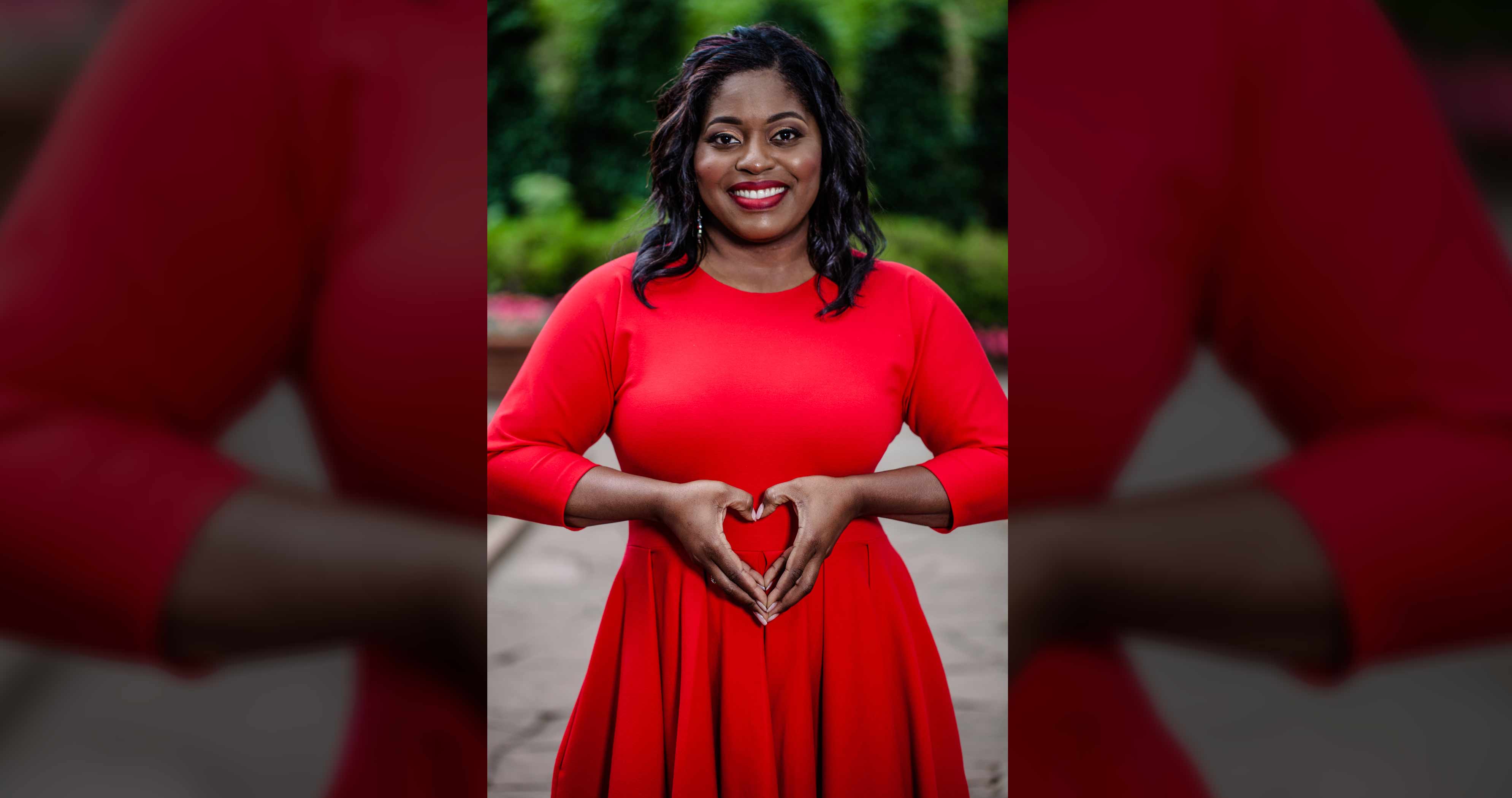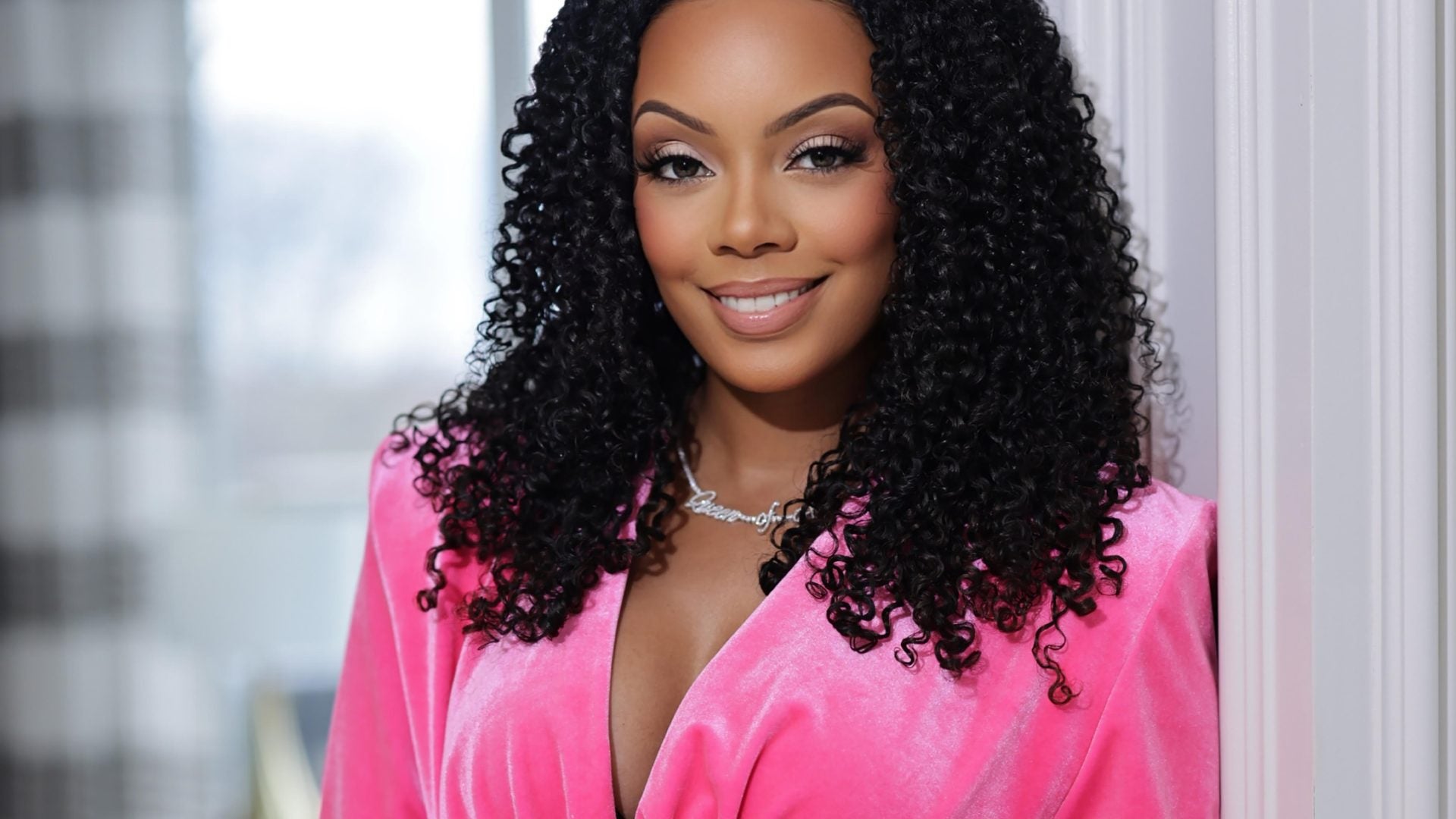
Back in 2001, when I was just 28, I thought of myself as being in good health. I was a size six and active, a modern dancer. I was working in a consulting firm and had two young sons. But one day I was so exhausted, I had trouble walking up stairs. I figured I just must not be in the best shape—I certainly wasn’t concerned enough to contact my doctor.
A couple days later, I felt tingling that started at my leg and moved up one side of my body. This time I knew something wasn’t right, and a neighbor took me to the hospital. It turned out that I was having a heart attack.
At the hospital, I was diagnosed with hypertrophic cardiomyopathy, a condition in which the heart muscle enlarges and thickens, making it hard for the heart to pump blood properly. It may also cause arrhythmias, or an abnormal heart rhythm, or even heart failure. It’s also usually inherited.
My diagnosis was a total shock. Before this happened, I had no idea that I needed to worry about heart disease. I remember as a kid hearing that my grandma had a heart attack, but she was in her 90s, so I never thought about it ever again. My family didn’t talk about it either.
After my heart attack, I found out that my mom had hypertension and an enlarged heart. In fact, we were prescribed the same heart medication, a beta-blocker that serves many purposes, including helping to treat or prevent heart attacks. She was always so quiet about her health that I had never known.
In denial
Right away, my cardiologist suggested I get an implantable defibrillator, because I was at risk of having another heart attack or dangerous heart rhythm.
I was like, I’m 28, are you kidding? This is not cute, absolutely not. I absolutely refused to get a defibrillator. I didn’t trust it, want it, or think it was cool. I was completely against it 100%. I didn’t like what I thought it represented. To me it meant I had a handicap.
I experienced many years of denial where I didn’t want to be associated with heart disease at all. It took me a long time to even tell my friends about my condition—I didn’t want them to look at me differently.
I did, however, stop doing modern dance. I stopped doing weights and cardio. I stopped running. I stopped doing anything that would give me a rush of adrenaline—even sex for a while! I was really terrified at first. As months went on I took baby steps to find out what kinds of physical activity I could still do in moderation.
Subscribe to our daily newsletter for the latest in hair, beauty, style and celebrity news.
All in the family
Flash forward to 2012 when I was 40 years old. I was going to school full-time, working full-time, and was a divorced single parent. I had been having heart palpitations while doing normal things like hiking or exercising. I noticed that the medication I had been taking for years seemed less effective because I was having those palpitations more frequently.
My cardiologist suggested I get genetic testing based on my family history. I had mentioned that my sister died suddenly when she was 16 years old (I was 12 at the time), and he thought there could be some genetic link there. That prompted me to want to look at my sister’s death record. It was then I found out she died of heart disease.
That was an incredibly sad day. It took me back to when she passed away and I thought about how she missed growing up and seeing her daughter and grandchildren grow up. I was very hurt that my parents chose not to discuss or go into detail with what happened to my sister, but I began to realize that they may not have had the strength to have the conversation.
Heart insurance
Two years later I went to a plastic surgeon to see about getting a “mommy makeover.” He told me I’d need to be cleared by my cardiologist first before getting any surgery. Unfortunately, I found out that wouldn’t be a possibility during a stress test, a test done on the treadmill to monitor how well your heart is working. I nearly fainted after a minute.
That experience helped me come to terms with how loaded my family history and my own history were. After years of encouragement from doctors and my cardiologist, I finally got that implantable defibrillator. I never wanted to do it, but after I did I was so happy. I felt the weight lift off of my shoulders, and I found a new sense of peace.
For years I had thought to myself, “what if I just die in my sleep because my heart stops?” The defibrillator will “shock” my heart if that happens. It’s the insurance I always needed, but never had. Along with my faith in God, it gives me hope that I have a little more time left here to help others.
I know I’ve been very lucky. Surviving a heart attack was my warning, and it keeps me more mindful of maintaining a healthy lifestyle. I’m no gym rat, but I try to get in 30 minutes a day and eat well. I think about the body I used to have, and know that now, it’s just about doing my best.
It’s been a journey to figure out what I can do in moderation, and I’m still learning about that. Sometimes I can do “too much” exercise and late at night I will have palpitations. To do all I can to keep my heart healthy, I get regular checkups, and have educated myself on what my BMI, cholesterol, blood pressure, and blood sugar mean in terms of lowering my risk.
I may have a heart condition, but everyone is susceptible to a heart attack. One of the major things people need to understand is the need to know their own family history by talking with their family members. Now, as a national spokeswoman for Go Red for Women, I want to be a champion for my sister, for myself, and for other women. I’m going to keep sharing my story to whoever wants to hear it!
As told to Jessica Migala







